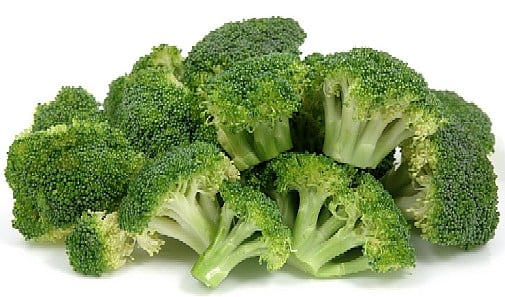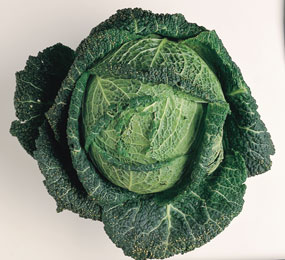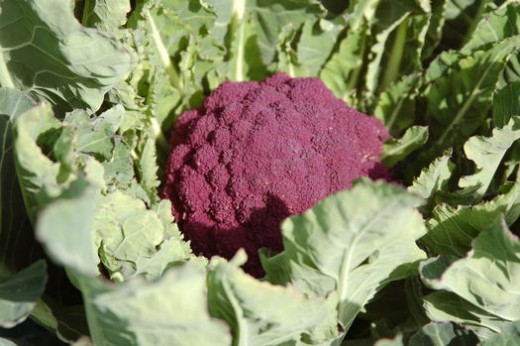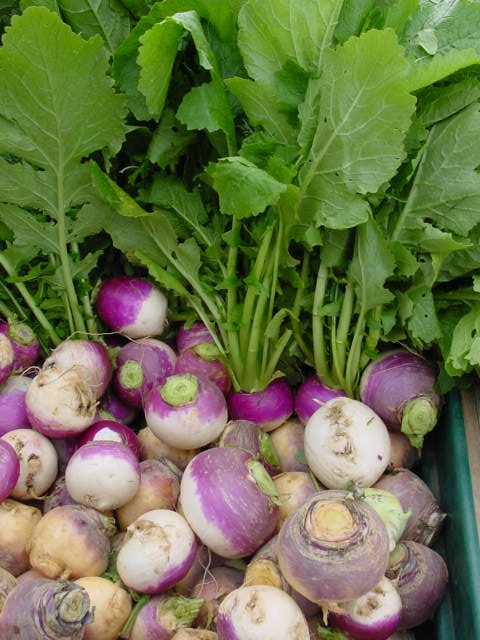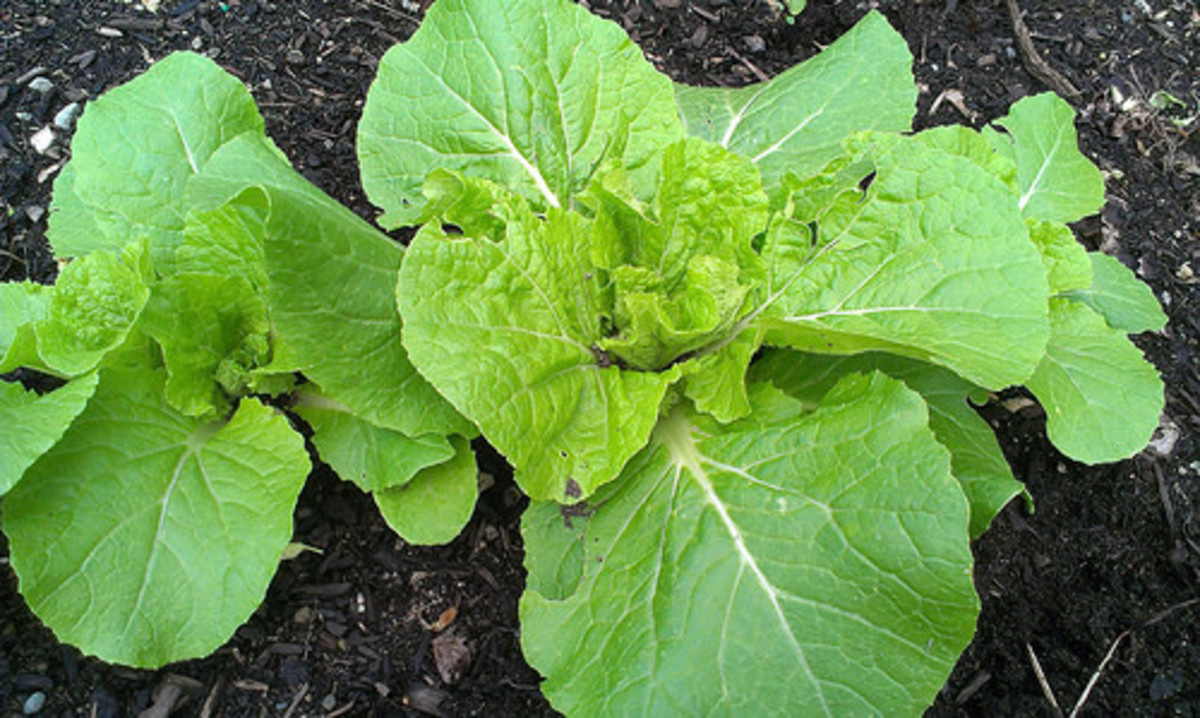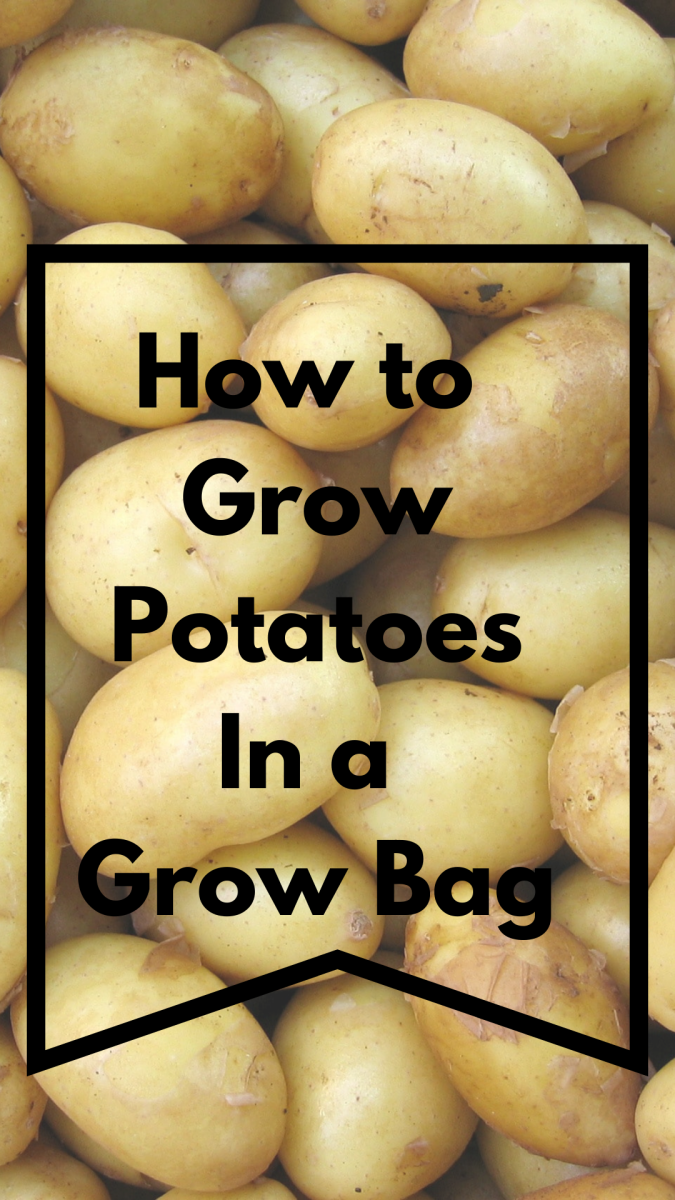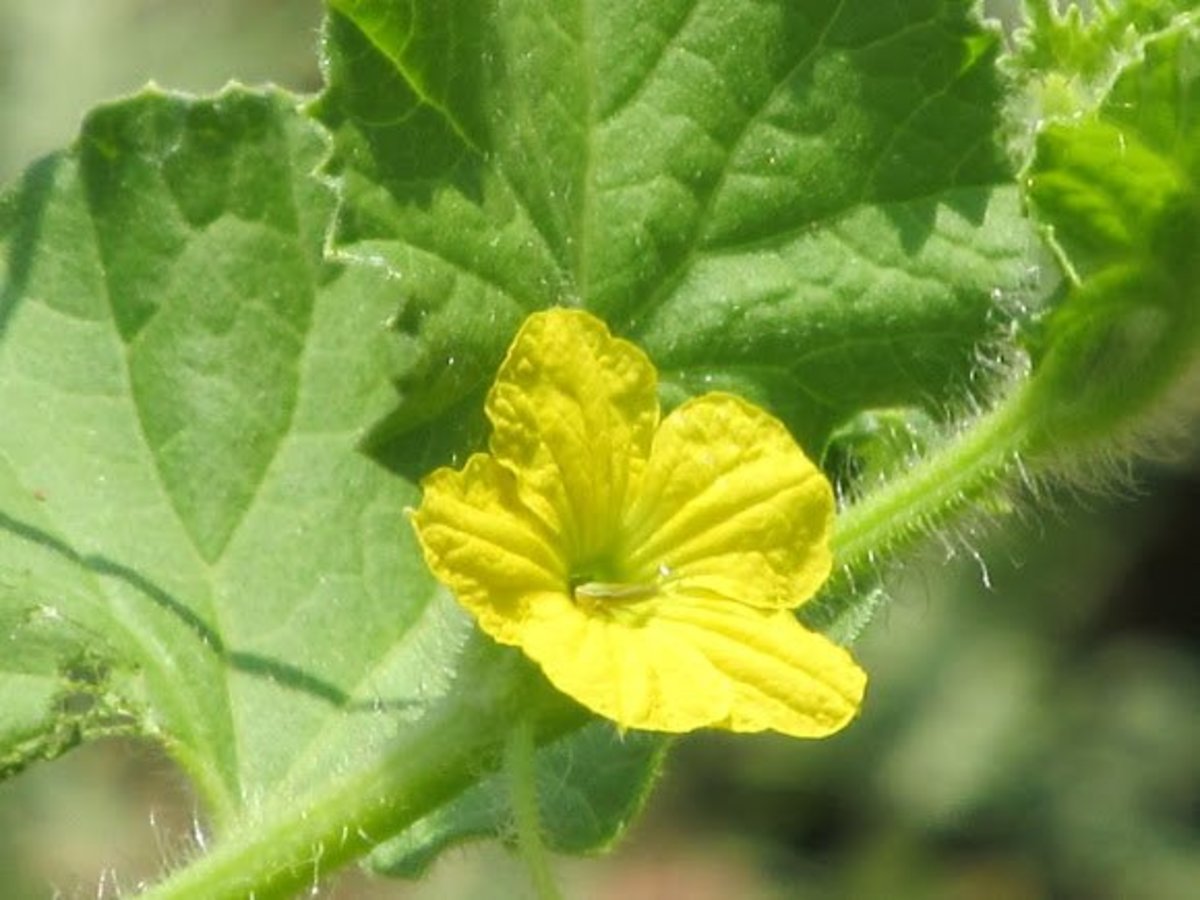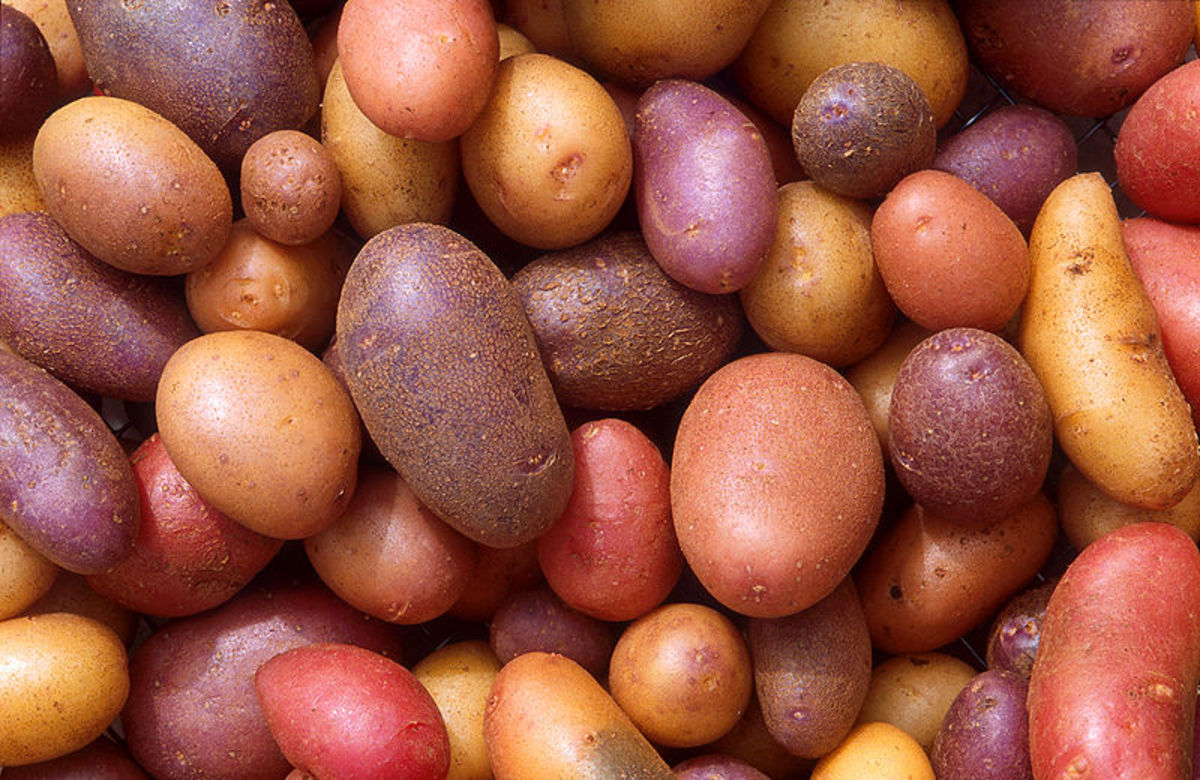Brassicas for Health
Nature's Cancer Fighter
The brassica family of vegetables- more commonly referred to as the cabbage family - or cruciferous vegetables - can be one of your best nutrition buys. They are nutritious, high in dietary fiber, low in calories, tasty, and contain potent anti-cancer compounds.
If you're a gardener, or even have a balcony that you can put a few pots of plants on, consider planting some of these nutrient-rich veggies.
The Brassica Family
Not sure which vegetables are in the Brassica family? Brassica vegetables include…
- Broccoli
- Cauliflower
- Brussels sprouts
- Cabbage
- Turnips/turnip greens
- Collards
- Kale
- Bok choy
Some less familiar but tasty members of this plant family are broccoli rabe, Chinese cabbate, kohlrabi, mizuna and Tatsoi greens, and daikon.
Recent Research
Scientists and nutritionists studying this vegetable family have shown that brassica vegetables help prevent a variety of cancers:
The phytonutrients, sulfuraphane and indoles in brassicas give them their cancer prevention properties. Indoles suppress the growth of tumors and inhibit cancer cells from migrating to other parts of the body. Sulfuraphane is a natural detoxifier.
- Johns Hopkins researchers gave animals sulfuraphane and found they developed fewer tumors that were smaller and slower growing than the control group.
- A Dutch study involving 100,000 people over a 6 year period, found that people who eat at least three servings of brassica vegetables per week lowered their risk of colorectal cancers by 49%.
- Regular consumption of brassica vegetables can lower lung cancer risk in non-smokers by 30% and in smokers by 69% according to a Singapore study.
- Researchers found that men eating three or more servings of brassica vegetables each week lowered their prostate cancer risk by 44%.
- Indole-3-carbinol, present in cruciferous vegetables, can actually halt the growth of breast cancer cells, according to a Berkley study.
All this research shows that there are definite health and prevention benefits in eating brassicas, and that a frequent consumption decreases the risk of developing cancer, most consistently for lung, stomach, colon, and rectal cancer.
The Brassica Family
Click thumbnail to view full-size




Cook Your Brassicas
All brassicas should be cooked before you eat them, as they contain irritants that can cause bloating, gas and abdominal cramping. Cooking or fermentation ( sauerkraut or kim-chee) will neutralize them. Raw broccoli or cauliflower with dip, or a serving of coleslaw occasionally is not a problem, but regularly eating raw brassica vegetables is not a good idea.
Brassicas also contain compounds that interfere with the body's ability to use iodine, possibly depressing the thyroid gland's functioning. Since this gland regulates energy levels, metabolism and endocrine functions, you'll want to have it function properly. Again, these anti-nutrients are neutralized by cooking or fermentation.
The Brassica Family
Broccoli, that familiar green flower head, is loaded with vitamin C, carotenoids, flavonoids and other antioxidants, helpslower the risk for heart disease. Several studies looking at coronary heart disease and diet found that people who regularly ate broccoli, apples and onions (all among the richest food sources of flavonoids) had a 20% lower risk of heart disease. It's also a great source of B vitamins that support nervous system health and balance your moods. Since B vitamins are destroyed by diets high in refined foods, and they are rapidly drained in times of stress, you'll want to load up on broccoli.
Broccoli varieties are green, white or purple (which turns green when cooked). A number variants are available to grow, or in the produce section, including broccolini and broccoflower (a broccoli-cauliflower cross). Romanesco is a unique head of lime-green pointed spiral clusters.
Kale and collard greens. These dark leafy greens are the most nutrient-dense brassicas, rich in vitamin K, which your blood and bones need, and in beta-carotene and vitamin C. These vitamins are powerful antioxidants that slow aging and help prevent disease. B complex vitamins, including folic acid and vitamin B6 are also present. The minerals these hardy greens supply are bone-building calcium, energy-producing manganese, stress-fighting magnesium and blood-enhancing iron.
Cabbage, one of the oldest of the brassica vegetables, has been part of the diet in Europe for more than 4,000 years. Cabbages can be either green or red, although color ranges from nearly white to reddish-purple. All cabbages provide protection from disease and a wealth of vitamins and minerals, but red cabbage is also an abundant source of antioxidant polyphenols called anthocyanins that can help protect brain cells against Alzheimer's disease.
Brussels sprouts, the tiny heads of cabbage that grow on tall stalks with leaves on top are named after Brussels,where they were first grown around 1750. While usually a green vegetable, there are also red varieties such as Falstaff. Smaller Brussels sprouts are tastier for cooking, and home garden-grown ones usually have a nuttier, sweeter taste than those from the supermarket.
Cauliflower comes in white, green, and purple heads. There is even a new orange variety called Citris. Like broccoli, it consists of unopened flower buds; the head of the cauliflower is called the curd. Packed with vitamins, one serving of cauliflower in cooking can supply a whole day's worth of vitamin C.
Brassica root vegetables such as rutabagas, turnips and the stem vegetable,kohlrabi, don't have the same high nutritional content as the green or leafy crucifers. But don't discount their disease-preventing abilities. Integrate them into your diet by adding them to mixed vegetables for roasting, mash them with potatoes or winter squash or toss them into soups.

